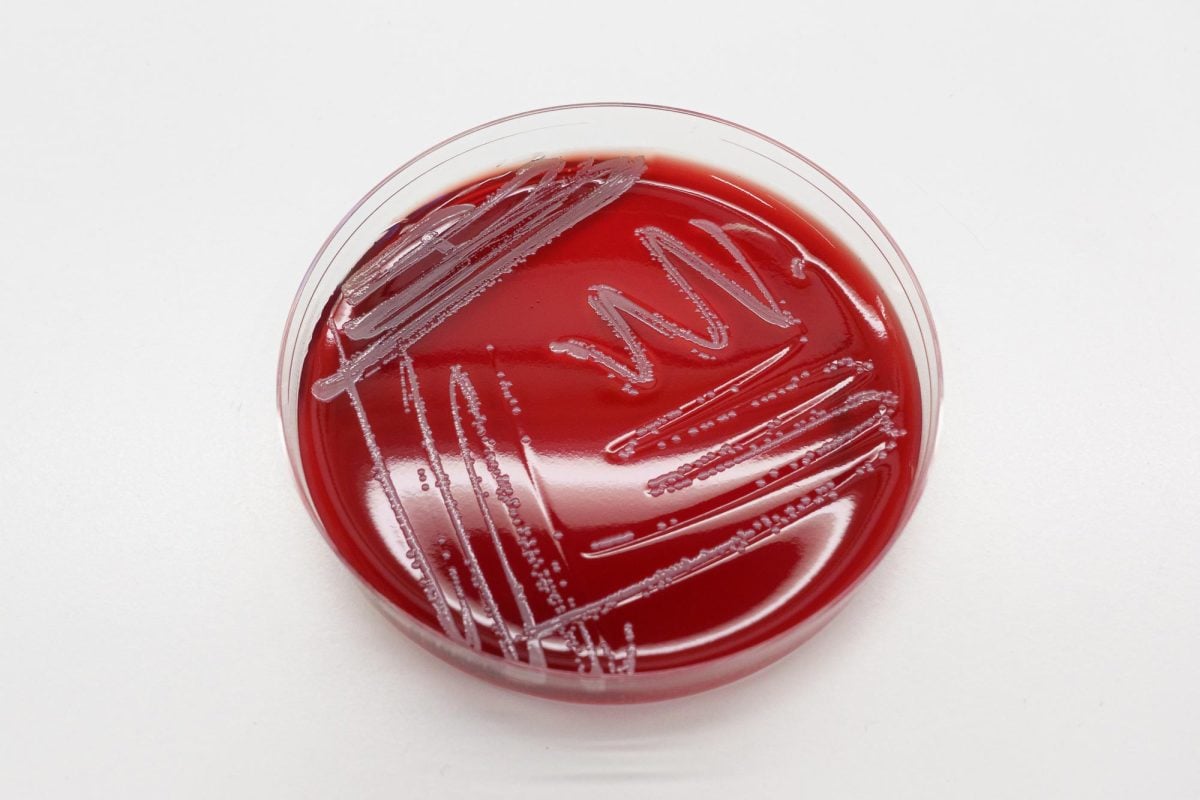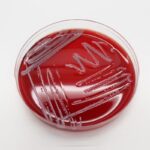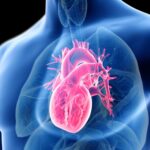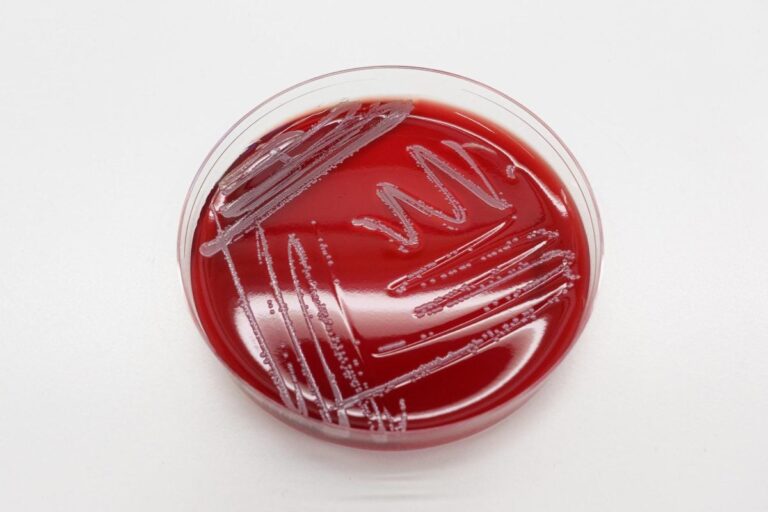A newly discovered “Northern Lights” bacteria is showing resistance to multiple antibiotics, raising alarms for global public health. Learn what it is, where it’s spreading, and how to protect yourself.
Antibiotic resistance is not a future threat—it is already here. In a concerning new development, scientists have identified a novel bacterial strain, dubbed the “Northern Lights” bacteria, that resists multiple classes of antibiotics. This discovery is triggering alarms across global health communities, as it poses a serious risk to disease treatment, hospital safety, and public health efforts worldwide.
In this in-depth article, we’ll explore what the Northern Lights bacteria is, where it came from, how it’s evolving, and what can be done to reduce the threat of antibiotic-resistant infections.
What Is the “Northern Lights” Bacteria?
Named after the Arctic region where it was first detected and its glowing, iridescent appearance under fluorescence microscopy, the “Northern Lights” bacteria is a strain of gram-negative bacteria that has evolved with genetic mutations rendering most conventional antibiotics ineffective.
Key Characteristics:
Belongs to the Enterobacteriaceae family
Contains genes such as blaNDM-1 and mcr-1, known for conferring high resistance
Shows resistance to carbapenems, cephalosporins, aminoglycosides, and even colistin, a last-resort antibiotic
How Was It Discovered?
The bacteria was discovered during a routine surveillance program in a remote Arctic region, where samples were taken from permafrost meltwater. Shockingly, when tested, the strain showed resistance to at least 14 out of 16 tested antibiotics.
This implies that antibiotic resistance is not confined to urban hospital settings—it’s becoming a global environmental threat.
Why the Name “Northern Lights”?
Researchers assigned the nickname “Northern Lights” due to two reasons:
Its geographic origin in the Arctic Circle, near the aurora borealis region.
Its unique multicolored protein expression under UV light, which gives it a luminescent quality.
The Real Danger: Multidrug Resistance
What is Multidrug-Resistant Bacteria?
Multidrug-resistant (MDR) bacteria are strains that are resistant to multiple antibiotics, making infections harder to treat and increasing the risk of complications, hospitalizations, and death.
The Northern Lights strain shows:
Resistance to β-lactam antibiotics, including carbapenems
Resistance to fluoroquinolones and aminoglycosides
Resistance to colistin, a last-resort treatment for severe infections
Global Health Implications
The emergence of the Northern Lights strain marks a new phase in the antibiotic resistance crisis. It raises several red flags for:
Hospitals: Increased risk of untreatable infections
Travelers: Cross-border spread through tourism or migration
Water systems: Possibility of contamination in global water cycles due to melting permafrost
Climate change: Warmer temperatures may awaken other ancient, resistant bacteria from ice and soil
According to the World Health Organization (WHO), antimicrobial resistance (AMR) is among the top 10 global public health threats facing humanity. This new strain could accelerate AMR progression globally.
Where Has It Spread So Far?
Though initially isolated in the Arctic, traces of the strain—or related variants—have been found in:
Northern Canada
Scandinavian countries
Remote Siberian villages
And even hospital wastewater in urban centers like Oslo and Helsinki
This suggests the strain may already be spreading via water, wildlife, and human travel.
How Does Antibiotic Resistance Spread?
Overuse of antibiotics in humans and livestock
Incomplete antibiotic courses
Poor sanitation and hygiene
Contaminated water systems
International travel and trade
Climate change, causing permafrost and old microbial ecosystems to melt and mix with modern life
What Can Be Done to Combat the Threat?
1. Global Surveillance
Track the spread of resistant bacteria via international databases and early-warning systems
2. Limit Antibiotic Misuse
Only take antibiotics when prescribed
Complete the full course, even if symptoms subside
3. Strengthen Infection Control
Use hand hygiene in healthcare and daily life
Sanitize hospital environments
Isolate infected patients when needed
4. Promote Research and Innovation
Support development of new antibiotics
Fund alternative therapies like bacteriophage therapy and CRISPR gene-editing
5. Public Awareness Campaigns
Governments must educate citizens about AMR
Schools should include antibiotic education in health programs
What You Can Do to Stay Safe
Practice good hygiene: Wash hands regularly with soap.
Avoid self-medicating: Never take leftover or over-the-counter antibiotics without a prescription.
Stay informed: Follow updates from trusted health organizations.
Support sustainable farming: Choose antibiotic-free animal products where possible.
Final Words: A Wake-Up Call, Not a Death Sentence
The discovery of the “Northern Lights” bacteria is not just a scientific novelty—it’s a serious warning sign. If the world continues down the path of unchecked antibiotic use, we may enter a post-antibiotic era, where routine infections become deadly once again.
But with global cooperation, innovation, and responsible health behavior, we still have time to turn the tide.
Growing Public Health Threat: New “Northern Lights” Bacteria Resists Multiple Antibiotics

















+ There are no comments
Add yours